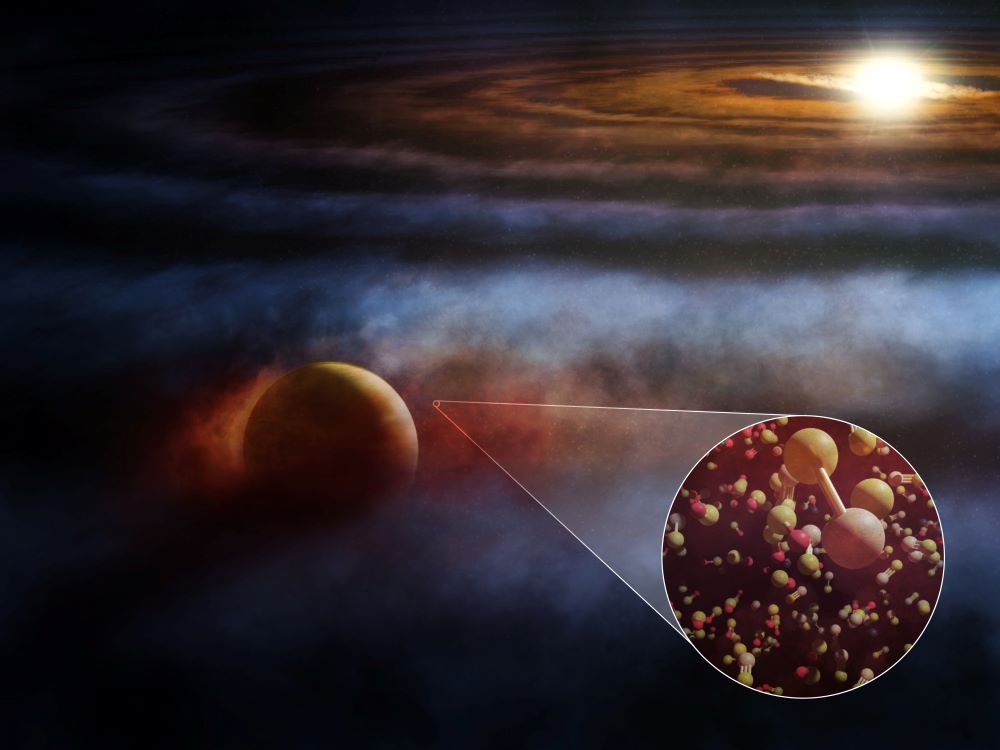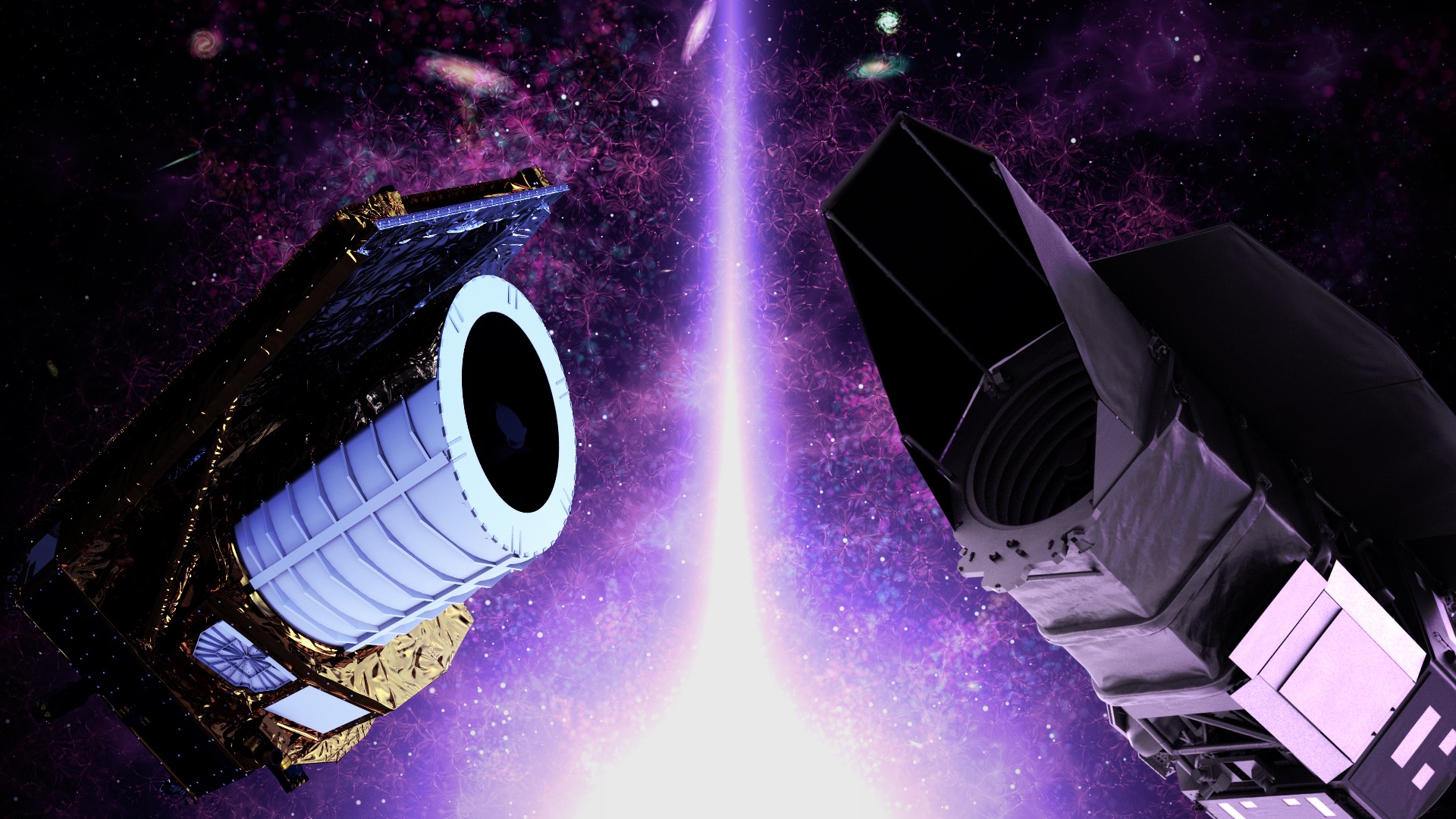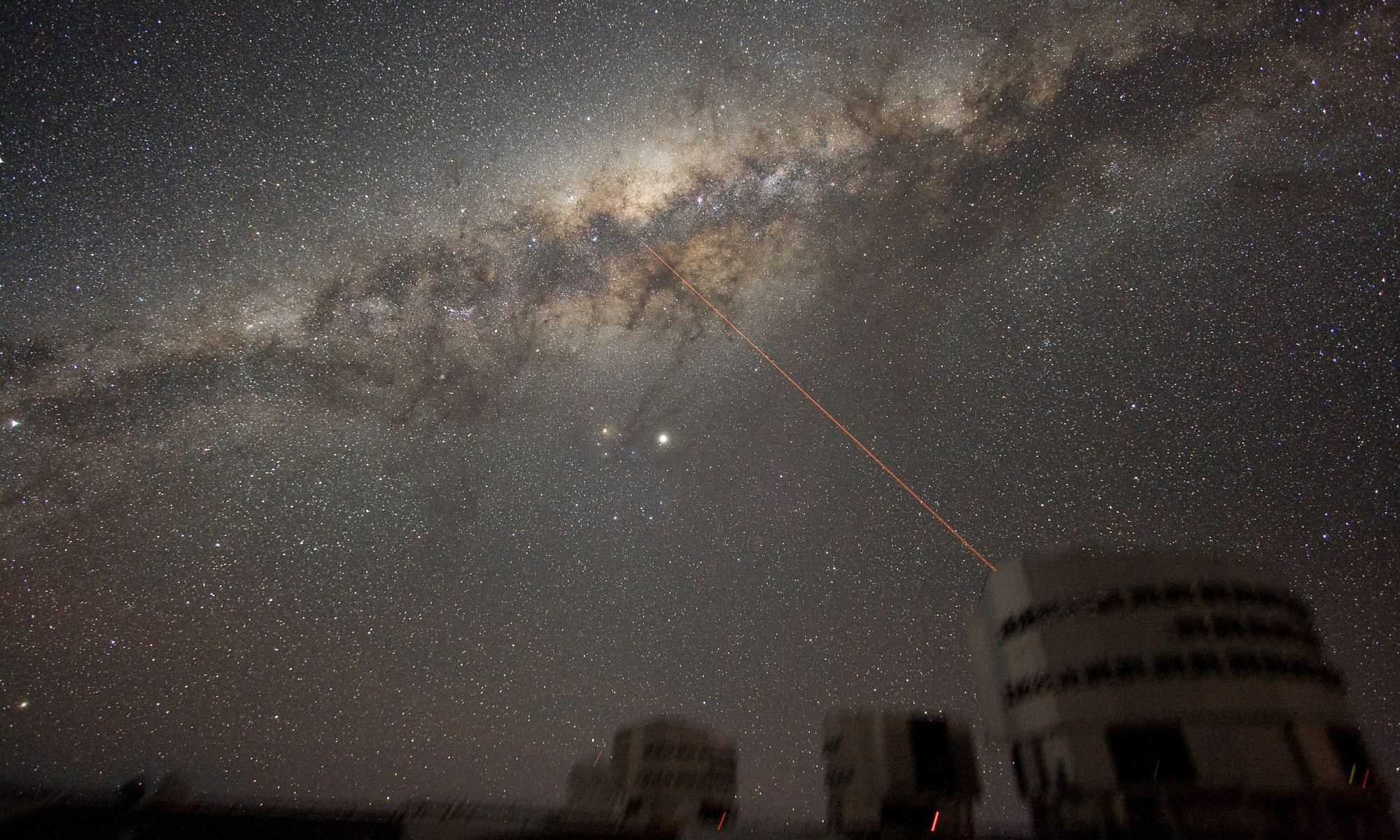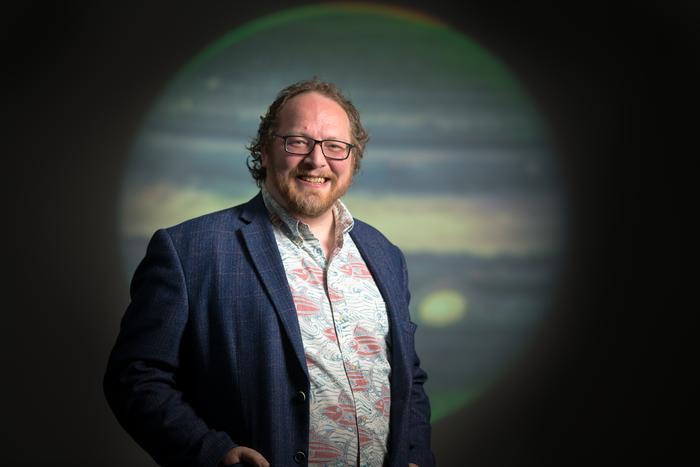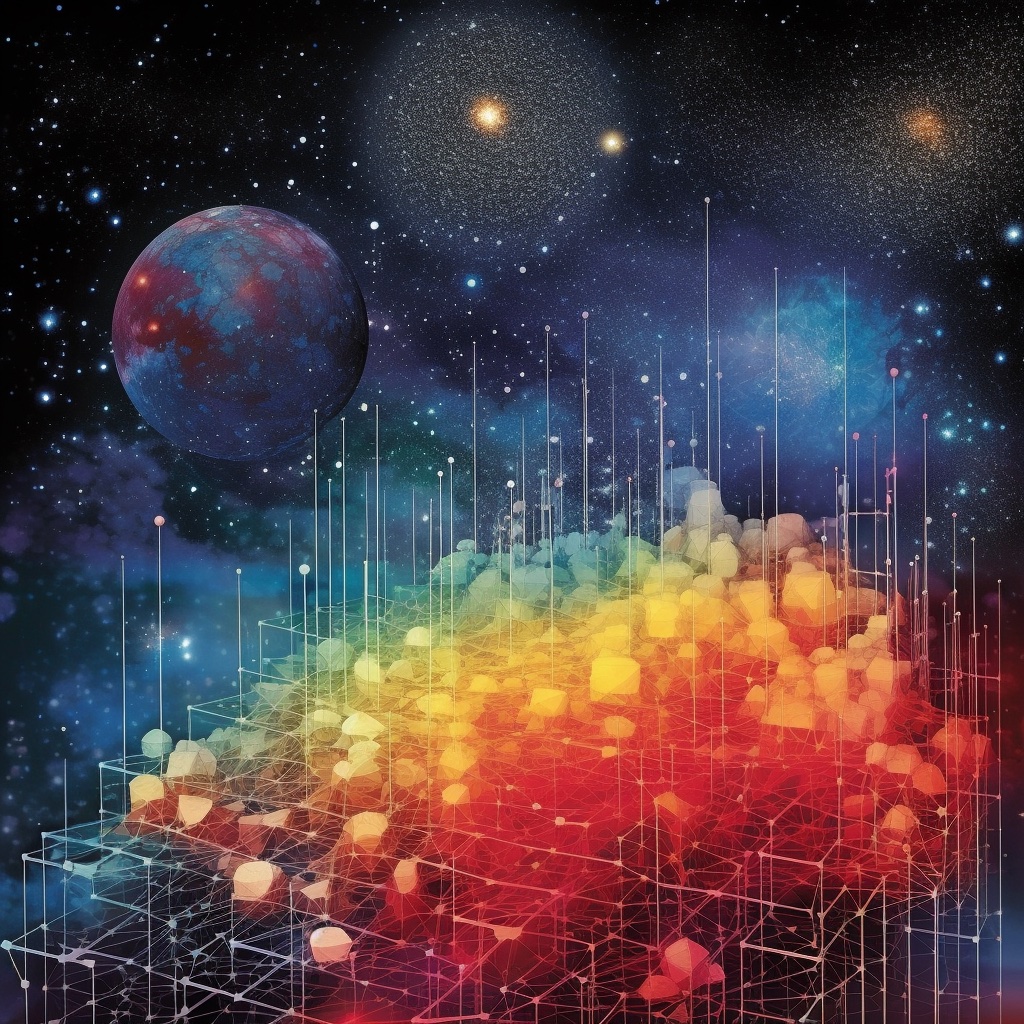We’ve become familiar with LIGO/VIRGO’s detections of colliding black holes and neutron stars that create gravitational waves, or ripples in the fabric of space-time. However, the mergers between supermassive black holes – billions of times the mass of the Sun — generate gravitational waves too long to register with these instruments.
But now, after decades of careful observations, astronomers around the world using a different type of gravitational wave detection method have finally gathered enough data to measure what is essentially a gravitational wave background hum of the Universe, mostly from supermassive black holes spiraling toward collision.
Continue reading “After Decades of Observations, Astronomers have Finally Sensed the Pervasive Background Hum of Merging Supermassive Black Holes”





